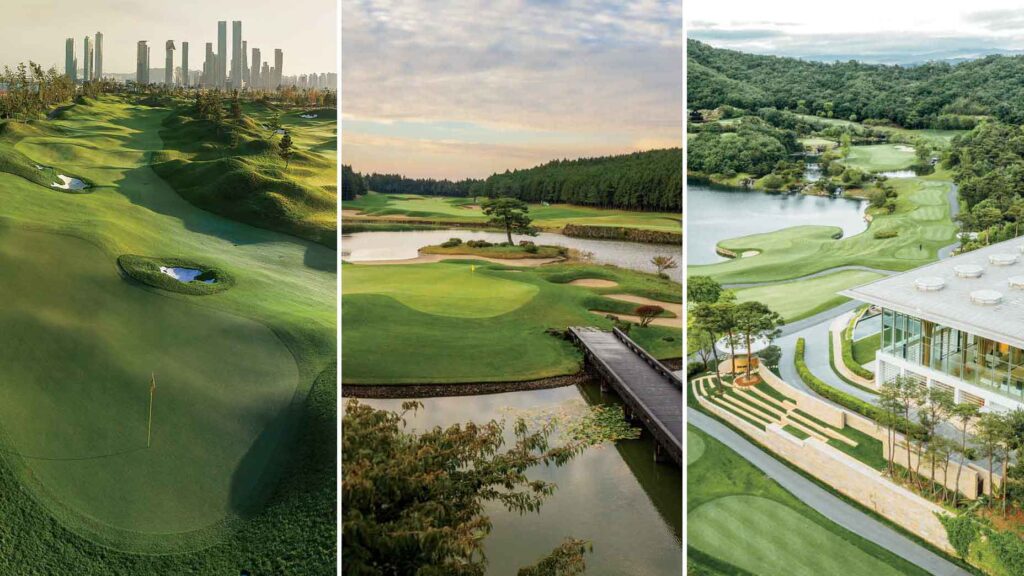South Korea has come a long way from being one of the poorest countries in the world in the 1950s to one of the wealthiest today, showcasing the hardworking nature of its people. The country’s unique geography, with 70 percent of its terrain being mountainous and 3,400 mostly uninhabited islands, has led to a limited amount of space for the population of 51 million. Despite this, South Korea boasts about 500 golf courses, with the best tracks typically located at a distance from Seoul to capitalize on the country’s natural beauty.
One of South Korea’s top-rated courses, Nine Bridges, located on Jeju Island, is known for its standout holes designed by Ron Fream and David Dale. The course offers a strategic layout with thrilling options off the tee and challenging green complexes that test even the best players. Another gem, South Cape Owners Club, offers breathtaking views along its rugged cliff shoreline, providing a dream golf experience with sea views from every hole. Designed by American architect Kyle Phillips, this course features dramatic moments on both nines with ocean views.
Whistling Rock, located northeast of Seoul, offers a unique golfing experience nestled into the mountains with rushing streams and ponds accentuating the hilly terrain. The course was designed by Americans Ted Robinson Sr. and Jr., with later refinements by Eric Iverson, showcasing the harmony of art and nature that South Koreans strive for. Jack Nicklaus Golf Club Korea, built on reclaimed land from the sea, hosted the 2015 Presidents Cup and features a true urban course with skyscraper and luxury condo backdrops.
South Korea’s upper-end golf courses are known for their breathtaking and highly exclusive designs, often linked to mighty corporations that support their development. These courses feature massive, architecturally stunning clubhouses that are unmatched elsewhere in the world. While initiation fees can exceed $1 million, these elite courses like Nine Bridges and Haesley offer a celebration of South Korea’s beauty and prosperity. On the public front, golf options are slimmer, with public-access courses often being costly.
American architects like Kyle Phillips and Jim Engh have contributed to the public golf scene in South Korea, but the majority of golf activities are still focused on multilevel driving ranges and simulation scenes. Despite the challenges, South Koreans continue to find ways to thrive and innovate in the golf industry, showcasing their industrious nature. Whether you’re playing at a top-rated course like Pine Beach or Robert Trent Jones Jr.’s Anyang CC, golfing in South Korea is a unique experience that combines beauty, prosperity, and innovation in a distinctive South Korean twist.


